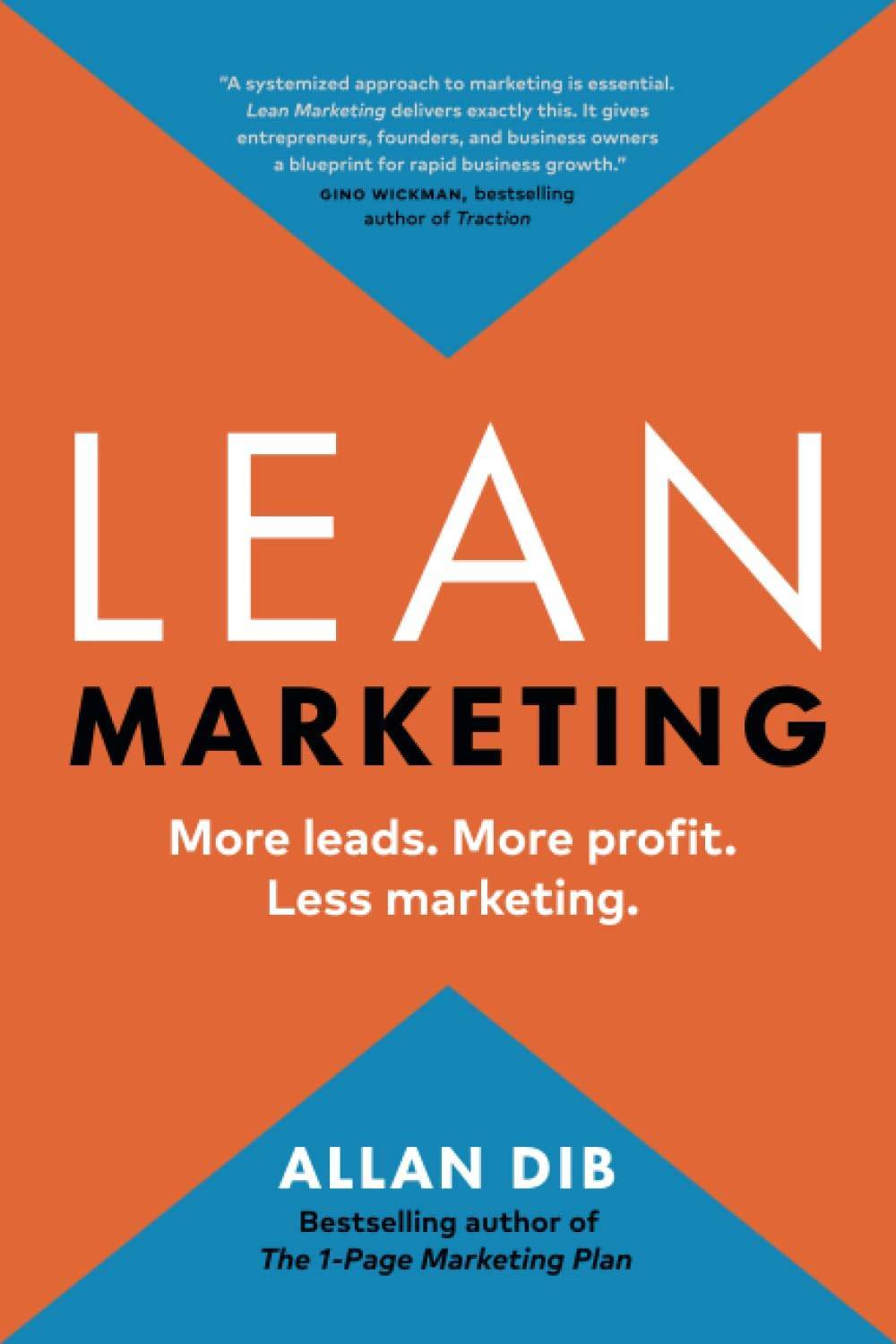The Complete Mobile SEO Strategy for 2025
Learn how to optimize your website for mobile-first indexing and create exceptional mobile user experiences that boost rankings and conversions.
Last updated: July 27, 2025
Mobile Optimization Guide: How to Dominate Mobile Search in 2025
TL;DR
Mobile optimization is no longer optional. With Google's mobile-first indexing and over 60% of web traffic coming from mobile devices, your site must be optimized for mobile users to rank well and convert visitors. Focus on speed, usability, and technical optimization to create mobile experiences that outperform your competition.
Recommended Reading
Why Mobile Optimization Matters More Than Ever
Google has been using mobile-first indexing since 2019, meaning they primarily use the mobile version of your site for ranking and indexing. With mobile traffic continuing to grow and user expectations higher than ever, mobile optimization directly impacts your search rankings, user experience, and conversion rates.
I've seen sites lose 40% of their organic traffic after mobile-first indexing rolled out, while others gained significant rankings by prioritizing mobile performance. The difference often comes down to understanding that mobile optimization isn't just about making your site work on phones, it's about creating exceptional mobile experiences.
According to Google's mobile site and mobile-first indexing best practices, the mobile version of your site is now the primary version used for ranking and indexing. This makes mobile optimization essential for SEO success.
Technical Mobile Optimization Fundamentals
Start with the technical foundation that Google and users expect:
Responsive Design Implementation
Your site must use responsive design that adapts to all screen sizes. This means:
- Fluid layouts: Elements that scale proportionally across devices
- Flexible images: Images that resize without breaking the layout
- Touch-friendly navigation: Buttons and links that are easy to tap on mobile
- Readable text: Font sizes that work well on small screens
Test your responsive design across multiple devices and screen sizes to ensure consistency.
Mobile Page Speed Optimization
Mobile users expect fast loading times. Optimize for:
- Compressed images: Use WebP format and proper compression
- Minified code: Remove unnecessary CSS, JavaScript, and HTML
- Lazy loading: Load images and content as users scroll
- CDN implementation: Use content delivery networks for faster loading
- Caching strategies: Implement browser and server-side caching
Aim for mobile page speeds under 3 seconds, as anything slower significantly impacts user experience and rankings.
Core Web Vitals for Mobile
Google's Core Web Vitals are especially important for mobile:
- Largest Contentful Paint (LCP): Should be under 2.5 seconds on mobile
- First Input Delay (FID): Should be under 100 milliseconds
- Cumulative Layout Shift (CLS): Should be under 0.1
These metrics directly impact your mobile search rankings and user experience. You can test your Core Web Vitals using Google PageSpeed Insights or Lighthouse in Chrome DevTools.
Mobile User Experience Optimization
Technical optimization is just the start. Your mobile site must also provide an excellent user experience:
Navigation and Menu Design
Mobile navigation should be intuitive and accessible:
- Hamburger menus: Use standard mobile menu patterns users expect
- Clear hierarchy: Organize content logically for mobile browsing
- Thumb-friendly design: Place important elements within easy thumb reach
- Search functionality: Make site search easily accessible on mobile
Content Optimization for Mobile
Mobile content needs special consideration:
- Scannable formatting: Use short paragraphs, bullet points, and clear headings
- Readable font sizes: Ensure text is legible without zooming
- Touch-friendly CTAs: Make buttons large enough to tap easily
- Progressive disclosure: Show essential information first, details on demand
Mobile-Specific Features
Consider implementing mobile-specific features that enhance user experience:
- Click-to-call buttons: Make phone numbers tappable
- Location services: Integrate maps and location-based features
- Mobile payment options: Streamline checkout for mobile users
- Offline functionality: Consider PWA features for better mobile experience
Mobile SEO Best Practices
Mobile SEO requires specific strategies beyond desktop optimization:
Mobile-First Content Strategy
Create content with mobile users in mind:
- Shorter, focused content: Mobile users prefer concise, scannable information
- Local optimization: Mobile users often search for local information
- Voice search optimization: Consider how users might speak their queries
- Featured snippet optimization: Mobile users often see featured snippets first
Mobile Schema Markup
Implement structured data that works well on mobile:
- Local business schema: Help mobile users find your location
- FAQ schema: Improve chances of appearing in mobile search features
- Review schema: Show ratings and reviews in mobile search results
- Event schema: If applicable, help mobile users find event information
Mobile-Specific Keywords
Research and target mobile-specific search patterns:
- "Near me" searches: Optimize for location-based queries
- Voice search terms: Consider how people speak vs. type
- Mobile-specific modifiers: Words like "mobile," "app," or "download"
- Local modifiers: City names, neighborhoods, or landmarks
Testing and Monitoring Mobile Performance
Regular testing is essential for mobile optimization:
Mobile Testing Tools
Use these tools to monitor mobile performance:
- Google PageSpeed Insights: Test mobile speed and Core Web Vitals
- Google Mobile-Friendly Test: Check mobile compatibility
- Lighthouse: Comprehensive mobile performance auditing
- BrowserStack: Test on real mobile devices and browsers
- WebPageTest: Detailed mobile performance analysis
Mobile Analytics and Monitoring
Track mobile-specific metrics:
- Mobile traffic patterns: Monitor how mobile users navigate your site
- Mobile conversion rates: Track mobile-specific conversion metrics
- Mobile bounce rates: Identify mobile user experience issues
- Mobile search rankings: Monitor mobile-specific keyword performance
Use Google Analytics to track mobile user behavior and Google Search Console to monitor mobile-specific search performance and rankings.
Common Mobile Optimization Mistakes
Avoid these common pitfalls that hurt mobile performance:
- Ignoring mobile speed: Slow mobile sites lose users and rankings
- Poor touch targets: Buttons and links that are too small to tap easily
- Unreadable text: Font sizes that require zooming to read
- Intrusive pop-ups: Mobile pop-ups that are difficult to dismiss
- Non-responsive images: Images that break the mobile layout
- Complex forms: Forms that are difficult to complete on mobile
Mobile Optimization Tools and Resources
Essential tools for mobile optimization:
- Google Search Console: Monitor mobile-specific search performance
- GTmetrix: Test mobile page speed and performance
- Mobile-Friendly Test: Google's tool for mobile compatibility
- BrowserStack: Test on real mobile devices and browsers
- WebPageTest: Detailed mobile performance analysis
When to Consider Professional Mobile Optimization
Consider hiring mobile optimization experts when:
- Your mobile rankings are declining: Professional help can identify and fix issues
- Mobile conversion rates are low: Experts can optimize for mobile conversions
- Technical complexity: Mobile optimization often requires technical expertise
- Competitive pressure: If competitors are outperforming you on mobile
- Time constraints: Mobile optimization requires ongoing attention and testing
Final Thoughts
Mobile optimization is not a one-time project but an ongoing process. With mobile traffic continuing to grow and Google's algorithms evolving, staying ahead requires constant attention to mobile performance, user experience, and technical optimization.
The most successful mobile strategies I've seen combine technical excellence with user-centered design. Focus on creating mobile experiences that are not just functional but delightful. Remember that mobile users have different needs, behaviors, and expectations than desktop users. Optimize accordingly, and you'll see improvements in both rankings and conversions.
Start with the technical fundamentals, then focus on user experience, and finally optimize for mobile-specific SEO factors. This comprehensive approach will give you the best chance of dominating mobile search in 2025 and beyond.
For more performance optimization strategies, check out our guides on Core Web Vitals and page speed optimization.



